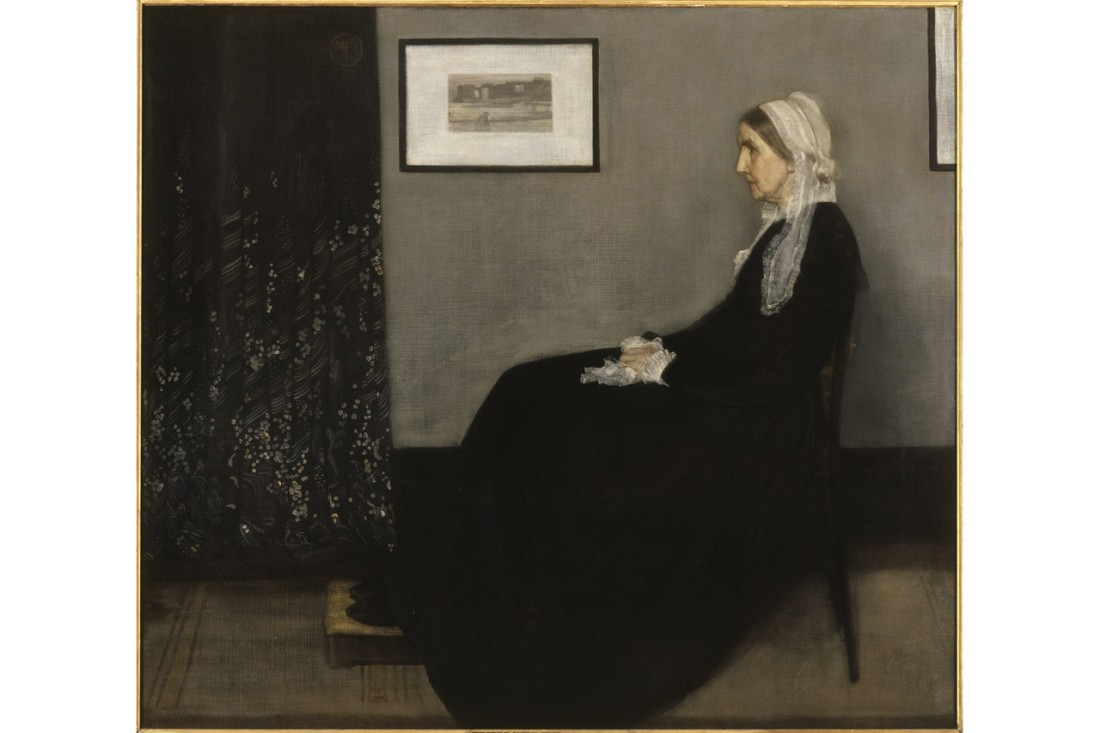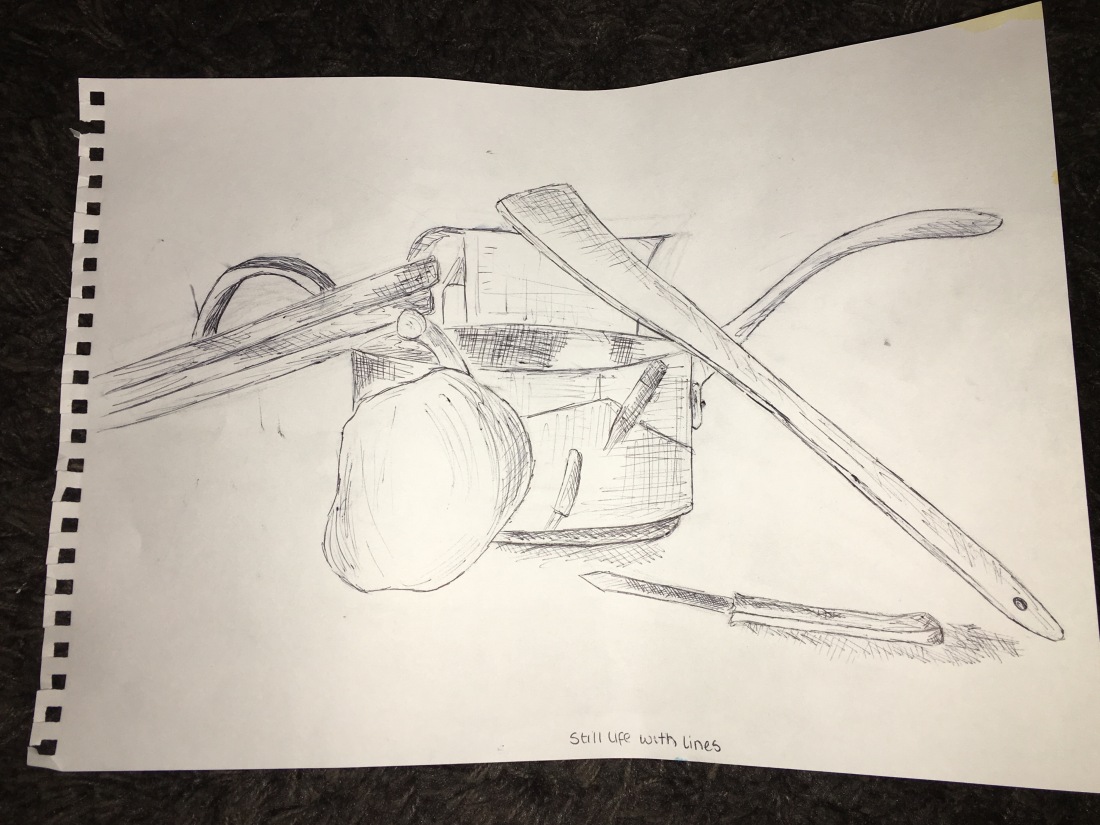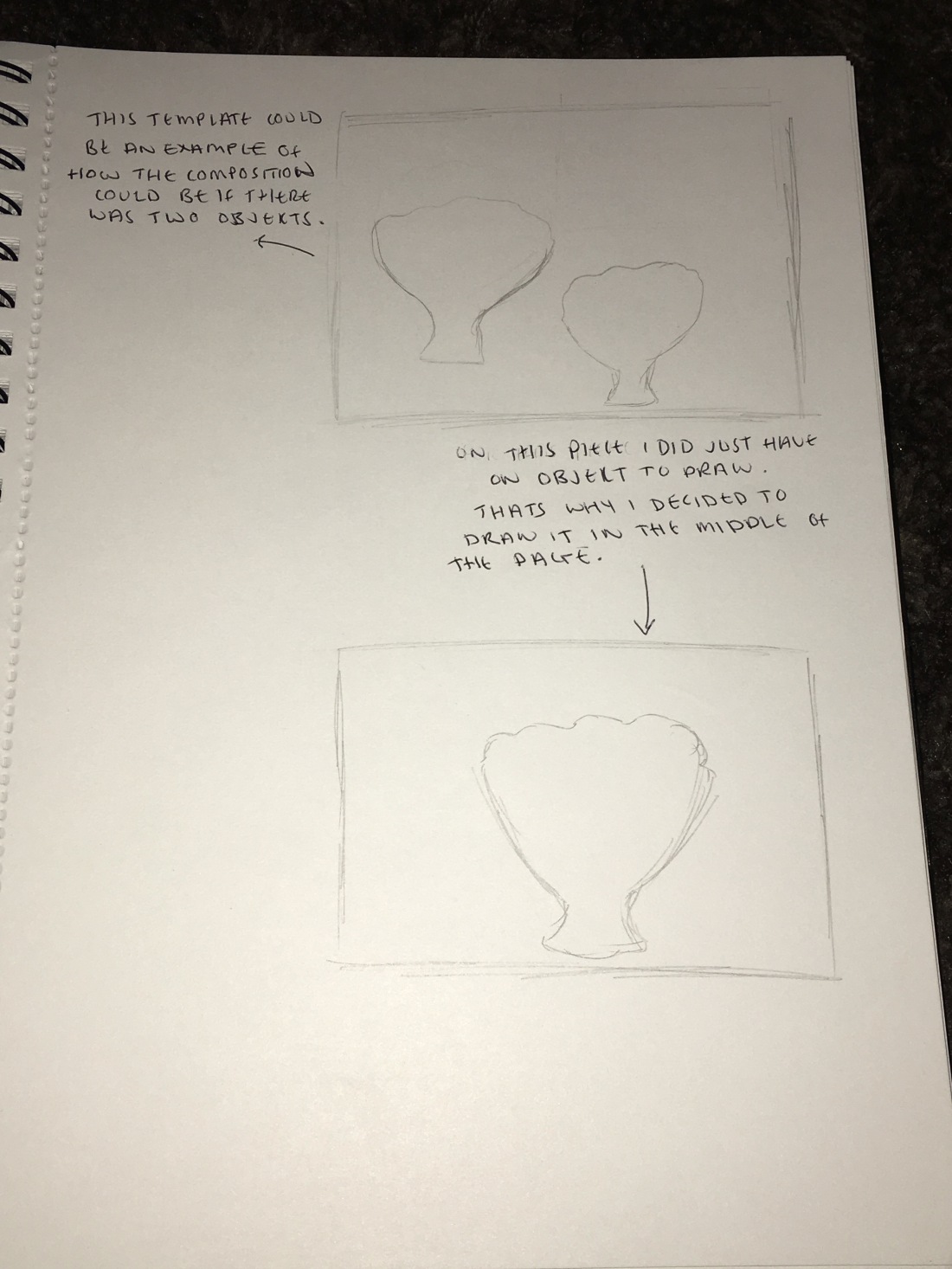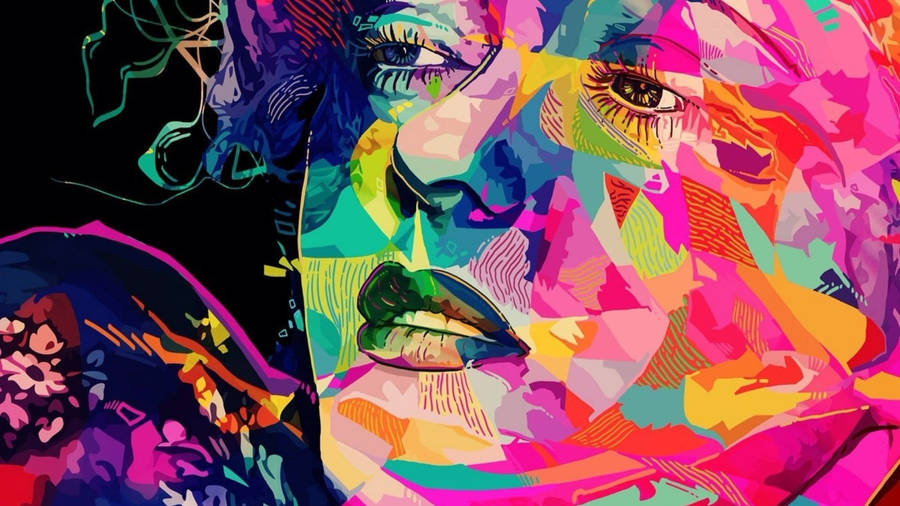Negative and positive space.
For this task I have looked into negative and positive space, for this I have looked into a range of different artists to get a feel for how affective this technique of work can be. I wanted to see how different artists from around different era’s have used this technique within their work and to see how it stands out from different work.
James Abbott McNeill Whistler.
This piece of work was significant in it’s time of release in 1871, this piece was different in this era due to the angle of his mother, back in this century it was known for portraits to be taken at a face on angle so the model was towards to painter, this work was not common in the 1800’s as his mother is sat to the side when being painted. This image shows the real impact of negative space due to the painting on the wall of the woman, this gives a sense of reality to the painting and shows you the life of what’s going on outside of the painting, the fact that it makes the viewer not just focus on the mother but also the rest of the picture, this shows how clever using negative space can be.
Rene Magritte.
My next artist I found interesting, the work is different and unique, his way of making art is to change the way we look into things and stretch the viewers beyond reality. His work amazed me as I looked more into it and how he changes perspective when you view his work.

This image uses the negative space to represent the outline of the man, this image lets the viewer look in two sides of the image but see the same thing. The image is clever in the respect it has two sides of the image and the view focus’ of both sides. The artist uses the negative space of the image to show a different painting and to use it to let the viewer have two main things to focus on.
Patrick Caulfield.
This artist I researched is more contemporary and use’s negative space in a way to enhance the image, he use’s the background as the main image. His work is bold, as I looked into his work I found it different to the other artists I have researched in the fact his work is more cartoon effect and he uses his negative space in different perspectives.

This image stood out to be as the artist has twisted the allusion in the main focus of the image being the background, the negative space has been made to be the full image, his work stands out in the fact the colours he uses for his backgrounds. The glasses stood on the shelf have been focused but the background is the full image. It shows how clever negative space can be, in the respect that it can change the full dynamic of the artwork and can create such different allusions.

This image by the same artist creates the same allusion but relates to the first artist I research in the fact he has used the full image as his space, the negative space has been used to connect to the viewer and there is not full part of this image to focus on and that’s what is clever about this artists work. They use the full canvas and don’t just use one part to focus on.
For this task I have discussed the meaning of negative and positive space and how it really can make a difference on how the art is shown. I think I have learnt how the negative space can be used in different ways and got inspiration from other artists who have used different ways for this technique. I have found this task beneficial in the fact I can see how different art can be made through negative space, it has shown me how I can change the way I work with composition in my work.












